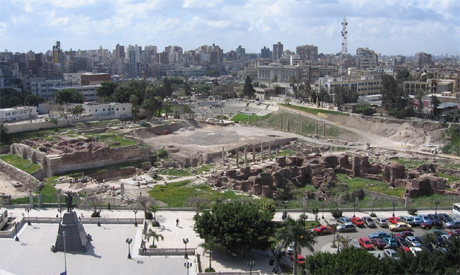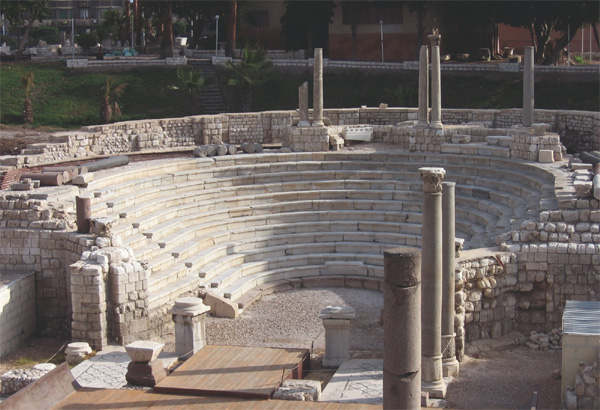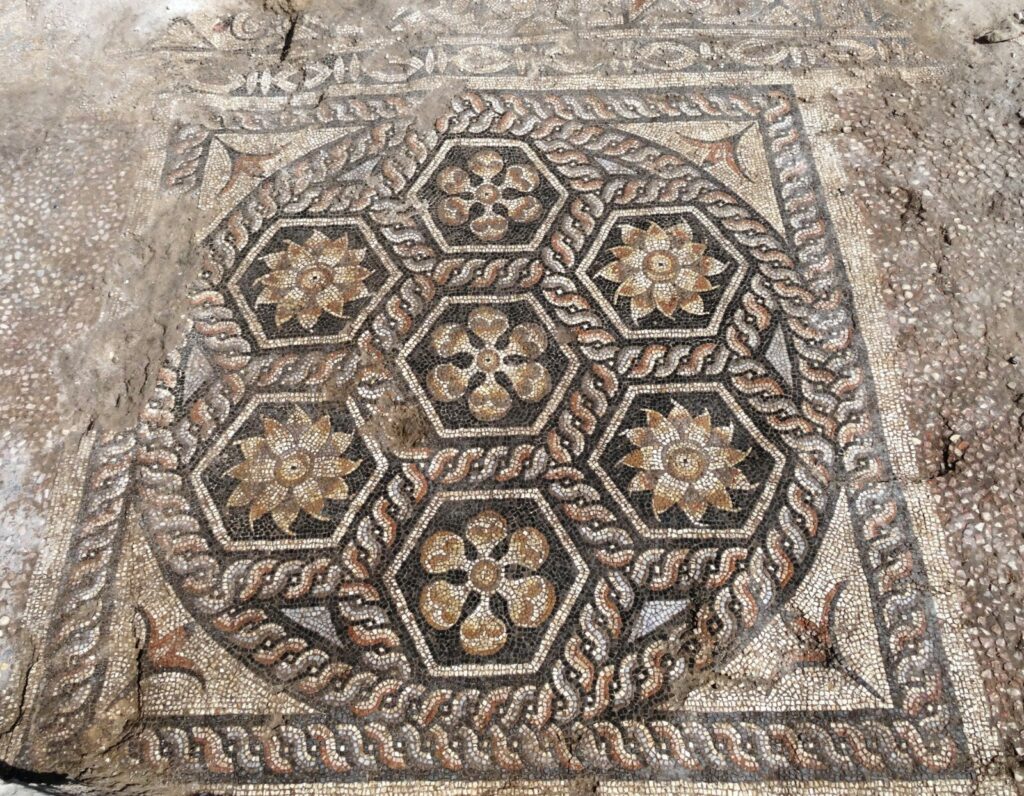Well-Preserved Mosaic Floor Found in Roman Egypt

The find at Kom El-Dikka confirms the popularity of ornate design between the 1st and 3rd centuries AD in Roman Alexandria
An Egyptian-Polish Archaeological Mission unearthed on Thursday the remains of a large part of an ancient city dating from the 4th to the 7th century AD in the coastal city of Alexandria.
The country’s Antiquities Ministry said in a statement.

The mission also uncovered a collection of Roman mosaics covering the floor of a house inside the ancient city during its working in the area of Kom el-Dekka in Alexandria, it added.

Mostafa Waziri, secretary-general of the Supreme Council of Antiquities, pointed out that the area of Kom al-Dekka is witnessing a new scene of Roman mosaics multicolor, which confirms the spread of mosaic art in Alexandria in addition to the wealth of the inhabitants of these houses.
“The discovered city includes the remains of a small theater
A large imperial bathroom and a unique collection of 22 lecture halls, which are the remains of an ancient university,” said Ayman Ashmawy, head of the Egyptian Antiquities Department at the Ministry of Antiquities.
He added the mosaic design found on the floor of one of the houses consists of six hexagon pictures featuring a lotus flower, surrounded by a typical circular frame.
The Polish Archaeological Mission has been operating at the site located in the heart of the Old City since 1960 in cooperation with the Egyptian Ministry of Antiquities, Waziri added.
Excavations in recent years have focused on the study of residential architecture, which is still unknown in Alexandria from the 1st century to the 3rd century AD, Waziri added.
He explained that the buildings of that period were often lavishly decorated.





